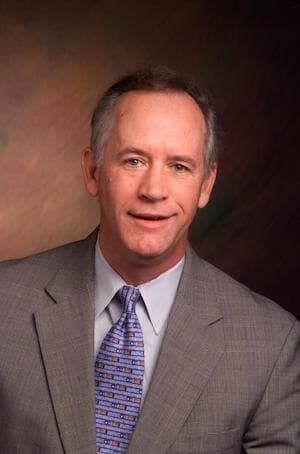Ralph Zucker, CEO and founder of Inspired by Somerset Development, envisioned bringing the life of a city to the suburbs in what he termed a “metroburb.”
“The building was amazing,” Zucker recalls. “But it was zoned into obsolescence, because it could only be office.”
While much talk of mixed-use buildings is heard today, Bell Works is among the first examples of a blended-use building. “It’s a single building with retail, events, public libraries, office, all these things you’re coming to and participating in,” Korinis says. “This is operating like a downtown but weather controlled 365 days a year, always with free parking.”
“That’s why our offices are full,” says Zucker. “People want to be here. The ultimate office amenity is vibrancy. People don’t want to work in boring places. They want to work in vibrant places.”
© Inspired by Somerset Development
Funky Town
At the outset, Somerset confronted several challenges. Among them were gaining the entitlements and funding. “We had a challenge even getting the brokerage community to represent us, because they didn’t think it could be done,” Zucker says. “Prospective tenants said, ‘We love what you’ve planned but don’t think you can get it done.’”
The building was in very bad shape, Korinis recalls. It had sat vacant for more than a decade, the interior moldering into a jungle filled with nesting birds and growing trees. Over the years of its operation, Bell Labs had been filled with labyrinths of offices and hallways that had become “very funky inside,” he says. In addition, the building had originally been wrapped in glass, but over time glass office fronts had been replaced with sheetrock to preserve the privacy of researchers working within.
“The biggest challenge as brokers for Bell Works was convincing CRE decision makers and, most importantly, the town of Holmdel, that this project could fly,” says office leasing agent Jeff Garibaldi, CEO of The Garibaldi Group. “We had a credibility issue. Ralph Zucker and Inspired by Somerset Development were just emerging into the commercial marketplace, and the market perceived the building as a white elephant. However, Ralph was passionate and steadfast to his vision, and made good on every commitment.”
In redeveloping the buildings, sheetrock was replaced with glass, and solid railings gave way to glass railings, allowing natural light to permeate the interior. Bell Labs’ gargantuan atrium was cleared out and common-area features like tables and soft seating were brought in. Somerset also upgraded to 21st century telecom, HVAC, and utilities.
Many historical elements in the National Landmark building were preserved. NPZ Studio+ revitalized the design, restoring the lobby and auditorium to their original look and transforming the lower-level cafeteria into a grand ballroom with the original flooring preserved. When the glass was replaced, mullions had to conform to specified widths.
Marketing Triumph
One of the challenges that confronted brokers was describing Bell Works to potential tenants and getting them inside the building.
No one had ever heard of such an enormous, city-like mixed-use environment before. “It’s really hard to understand the scope of the building until you walk in,” Korinis said, describing an interior five stories high, the width of a football field and the length of three football fields. “It’s different from anything anyone has ever seen,” he continued. “It’s hard to picture an atrium with similar square footage to the Empire State Building.”
Today, Bell Works welcomes between 1,000 and 2,000 visitors daily. “We want to be the town square, the place where everyone wants to come,” Zucker says. “We’re very welcoming. There are basketball games, people walking their dogs. We’re open from 6 a.m. to midnight.”
“When you see moms pushing strollers, kids doing homework, people coming in for something to eat, that promotes the financial success,” Korinis says. “Most of our retailers are not traditional retailers but destinations in their own right. The absolute biggest success has been planning Halloween events, fireworks shows, farmers’ markets. People come to Bell Works for the first time, find it amazing, and say, ‘We need to come back.’”
“We’re now trying to perfect the icing on top of the cake,” Zucker says. “We’ve just added a golf driving range, we’re looking at more entertainment venues, like bowling and other things to do. We’re expanding restaurant offerings; we have a brewery and beer garden coming in here. And we’re approved to build a hotel. The plug was pulled on that during the pandemic, but now we’re again looking at doing that.”
“There are movie shoots, music events, arts and culture, artists looking to open studios and dance performances,” Zucker says. “There are a lot of moving parts. The office spaces are pretty much filled, and we’re looking to fill out the rest.”
Today, Bell Works is the nation’s poster child for how to successfully transform abandoned corporate campuses into a thriving ecosystem,” Garibaldi says. “When prospective tenants investigate the competitive market, they are quick to find that there is no other building that provides the array of amenities, services, and entertainment that Bell Works provides. It’s an inspiring, one-of-a-kind, ecosystem that motivates employees to want to come to work, a top priority for employers today.”












